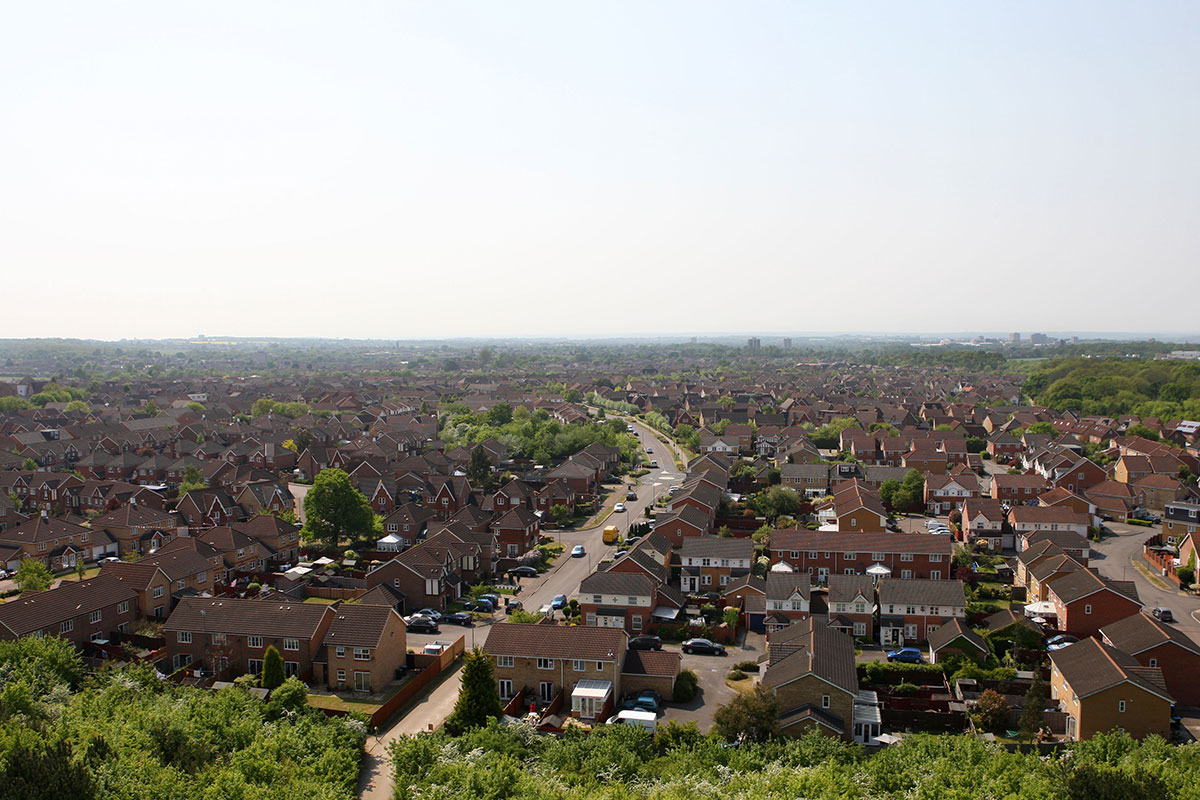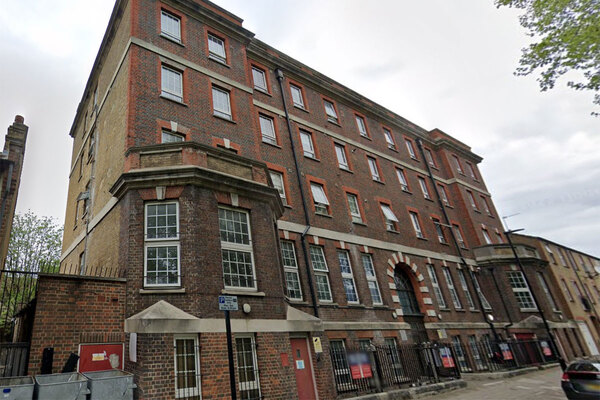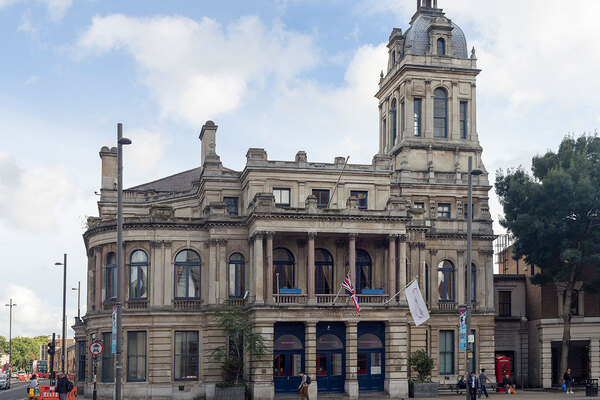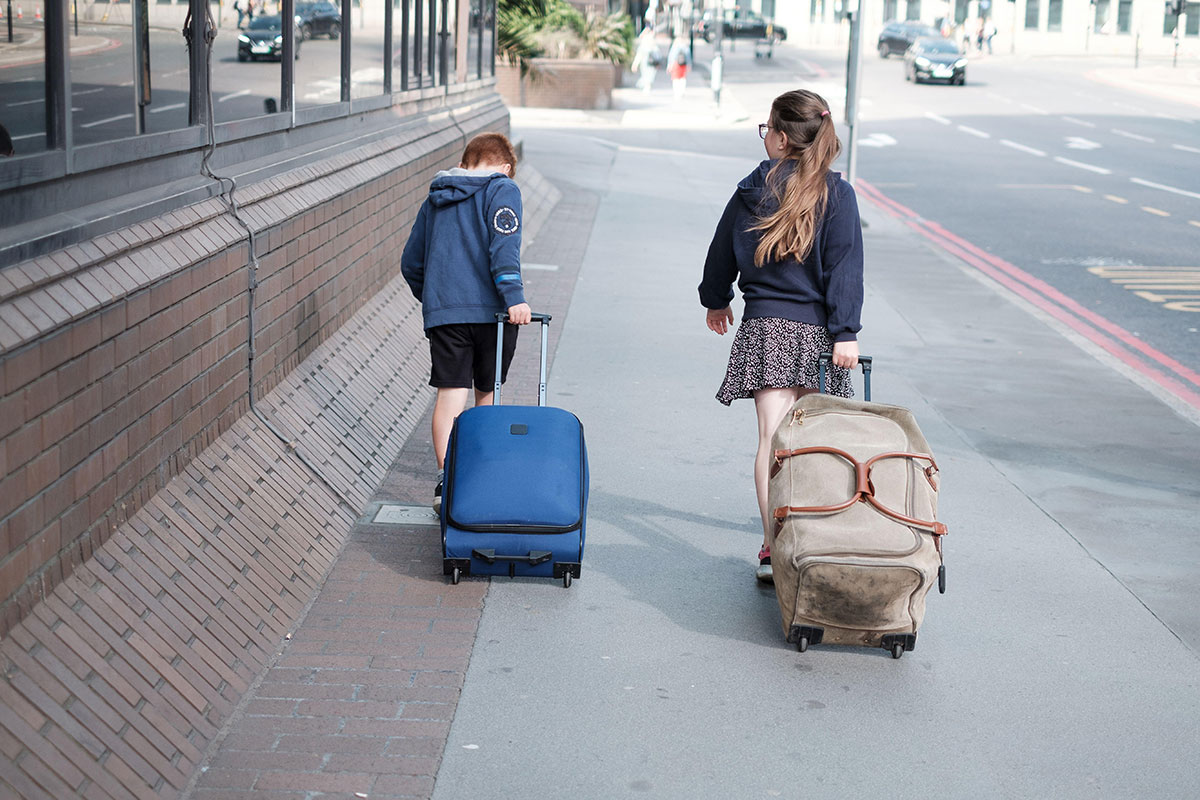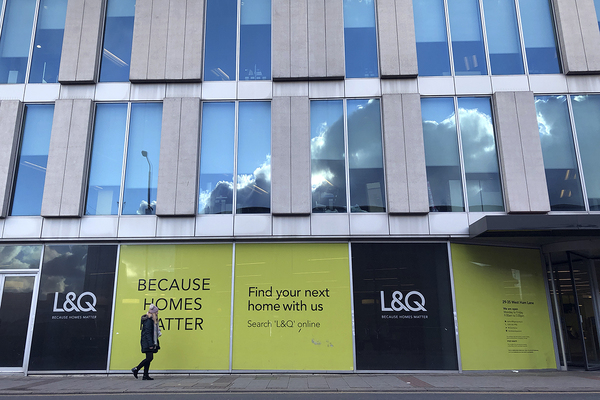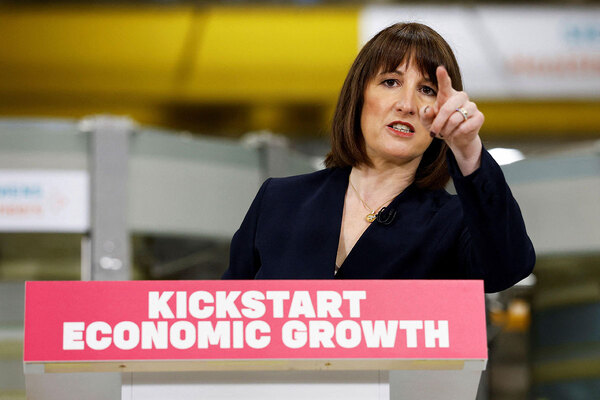You are viewing 1 of your 1 free articles
Trend of London councils housing people in temporary accommodation in local area is ‘big issue’, Essex council warns
At least 2,000 people being housed in temporary accommodation in Harlow, Essex, have been sent there by other local authorities, as the council warned it is becoming a “big issue”.
Dan Swords, leader of Harlow Council, told Inside Housing that the local authorities behind the numbers are largely in London, while the trend is putting significant pressure on services and Harlow’s ability to find properties for its own homeless households.
It comes after it emerged in a report in December that Newham Council plans to buy the 172-home Burnt Mills in Harlow as part of its accelerated acquisition programme in a bid to reduce temporary accommodation pressures.
The building is privately owned and if the London council’s purchase is successful, “at least 50%” of the flats will be let at Local Housing Allowance (LHA) rent to homeless households currently stuck in temporary accommodation, while the rest will be market rent.
Mr Swords said that Harlow will be doing everything in its power to block the acquisition, but that the “bigger issue” is the ongoing trend of London councils housing people in temporary accommodation in the local area.
Last year, an Inside Housing investigation revealed where London boroughs were sending homeless households, in one instance more than 200 miles away in Liverpool. The latest data shows that London councils sent nearly 2,600 households out of the capital in 2022-23, around 8% of total placements.
Harlow was in the top 10 areas where households were being sent.
Mr Swords said: “We’ve got over 2,000 people at the moment in Harlow in temporary accommodation from other councils in all sorts of conditions.
“Largely what have been offices and former warehouses either bought directly by London boroughs or owned by private companies that then lease the units to London boroughs.
“That is the much greater issue because of the pressure that is put on local services, but also they have become real hotspots for anti-social behaviour and all sorts of other pressures on social services.
“It’s also entirely unfair on the individuals because often this accommodation is enormously substandard.”
Mr Swords said the trend started around five or six years ago. At the same time, to be eligible for council housing in Harlow a resident must have lived in the area for five years.
“Where these boroughs have placed people in temporary accommodation, they’re now meeting the five year plus and therefore the advice from the host borough is ‘go to Harlow Council because they’ll give you a council property’. Which is obviously entirely unjust and usually the individuals don’t want to be here. They’ve got no support or family in the local area.”
Councils are not legally obliged to inform the local authority that they are sending homeless households into an area, although local government guidance recommends doing so.
Mr Swords added: “That 2,000 is those that we know of and that’s not all through other councils telling us. You do see a real difference between councils that do and those that don’t. That in itself comes with huge challenges. Even the more practical things like if someone is placed in temporary accommodation they get council tax relief so they don’t have to pay the council tax.
“But what often happens is that the London borough tells the individual ‘don’t worry, you don’t need to pay council tax’. We’re not informed that they’ve been put there so we essentially just have a bill running up for council tax on that property. Whereas if we’re informed properly, they get the relief from the start.”
Harlow Council also has a policy of not placing people in temporary accommodation outside of the local area.
“But what we’re now finding is that it is nigh on impossible impossible to find properties. We can’t even book hotel rooms because London boroughs are block booking the hotel out,” Mr Swords said.
A significant challenge is the fact that London boroughs can pay much higher rates for the properties because of the LHA levels in the capital, he said.
For a one-bed in Harlow, the monthly LHA is £720, while in Enfield it is £1,067.
“The London boroughs are offering [private landlords] far more money than we can possibly offer,” Mr Swords said.
He added that Harlow’s temporary accommodation demand has gone up about 20% year-on-year over the past five years.
Support when households are moved from London can also be lacking, Mr Swords said.
“If I had £1 for every assurance I’d heard from a London borough about the wraparound support they’ll provide – and it’s a load of rubbish. They are literally dumping people out of their borough and it’s no longer their problem,” he said, adding that often the people who are moving into the area are vulnerable.
“It’s a really difficult issue that is riddled with total injustices,” Mr Swords said.
Mr Swords said he understands the homelessness and supply pressures London boroughs are under.
“But then the solution to that is not ‘well we’ll just dump you an hour down the road and leave you there’,” he said.
A London Councils spokesperson said: “The growing number of out-of-London homelessness placements demonstrate how London’s worsening crisis has a national impact – and requires urgent action at a national policy level.
“Boroughs only make placements out of London as a last resort or when the household has a connection in the placing area. As a result of unprecedented accommodation pressures in the capital, there is clear risk that such placements will increase.
“London accounts for over half of all households in temporary accommodation in England. With London’s homelessness crisis increasingly unmanageable, this will affect areas outside of London more and more.
“A skyrocketing number of households are owed a homelessness duty by London local authorities, but at the same time there has been a dramatic 41% reduction in the supply of private rental accommodation in the capital. Boroughs are seriously struggling to find suitable and affordable placement options.
“Ministers must listen to councils’ concerns and act at greater pace and scale to address this crisis. The government should take further action to prevent homelessness occurring in the first place wherever possible and to ensure councils have the resources required to support homeless households in their community.”
The latest government data revealed that English councils’ spending on temporary accommodation rose by 9% in 2022-23 to hit £1.7bn. There are record numbers of households living in this type of accommodation, including nearly 139,000 children.
Sign up for our Council Focus newsletter
Already have an account? Click here to manage your newsletters
